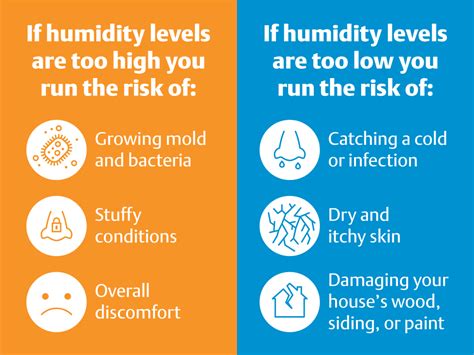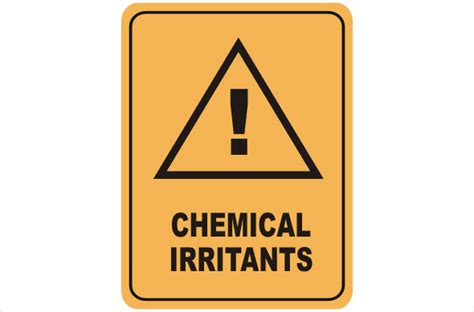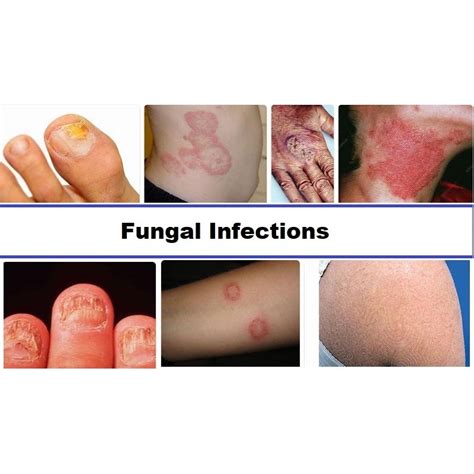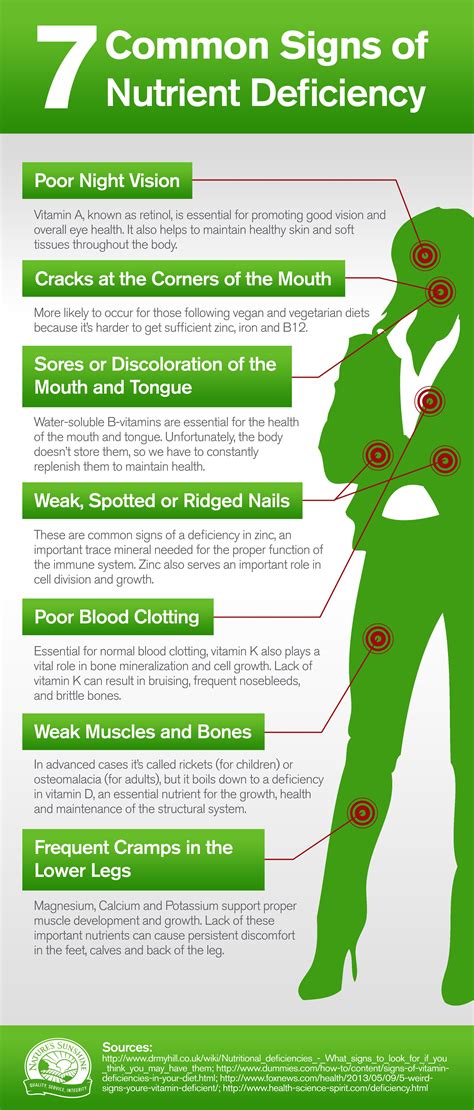As our hands are constantly exposed to the elements and engaging in various daily activities, they endure a multitude of challenges. However, many of us have experienced the irritating occurrence of peeling skin on our palms without fully understanding the factors at play. Let's delve into the realms of biology and explore the possible offenders responsible for this discomforting phenomenon.
The Agents Provocateurs: An Inside Look
Firstly, our skin acts as a protective barrier shielding our internal organs from external harm. However, several underlying factors can weaken this shield, causing our hands to undergo unwanted changes. One culprit could be excessive dryness, as parched skin can lose its moisture and begin to peel, leaving behind an unsightly and uncomfortable aftermath. Another perpetrator could be irritation, resulting from exposure to irritants such as harsh chemicals or allergens. These irritants can strip away the outer layers of skin, leading to the disconcerting shedding of palm skin.
The Inner Conflict: Unbalanced Biology
Beneath the surface, our skin cells are in a constant state of regeneration and shedding. Normally, this process occurs seamlessly, allowing for fresh, new skin to take the place of old, worn-out cells. However, when this delicate balance is disrupted, problems arise. One potential cause of peeling skin on hands is an imbalance in the rate of cell turnover. If your skin is shedding cells at an accelerated pace, it can leave behind a trail of peeling skin on your palms. Similarly, if the process of cell regeneration is compromised, it can lead to the accumulation of dead skin cells, resulting in flaky and peeling hands.
Dry Weather and Low Humidity

A common factor that contributes to the peeling of skin on hands is dry weather and low humidity. Environmental conditions, such as a lack of moisture in the air or exposure to dry, arid climates, can result in the skin becoming dry, dehydrated, and prone to peeling. The combination of low humidity levels and harsh weather conditions can strip the skin of its natural oils, leading to a compromised skin barrier and the subsequent peeling of the outermost layer.
When the skin on the hands lacks sufficient moisture, it can become dry, rough, and tight. This can further be exacerbated by factors like prolonged exposure to hot water, frequent handwashing, the use of harsh soaps or hand sanitizers, and not applying enough moisturizer. The dry weather and low humidity levels can also cause the skin to lose its ability to retain moisture effectively, resulting in increased water loss from its surface. As a result, the skin becomes more prone to flaking, cracking, and peeling, which can be both uncomfortable and unsightly.
To prevent or mitigate the effects of dry weather and low humidity on the hands, it is essential to take certain precautions and adopt a proper skincare routine. This may include regularly applying a nourishing hand cream or moisturizer throughout the day to provide much-needed hydration to the hands. Additionally, using lukewarm water instead of hot water while washing hands and using mild, fragrance-free soaps can help prevent further drying of the skin. Wearing protective gloves while engaging in activities that involve exposure to harsh weather conditions or chemicals can also help maintain the skin's moisture levels and prevent peeling.
Awareness of these environmental factors and taking proper care of the skin can play a significant role in preventing and treating peeling skin on the hands. By prioritizing moisturization and protecting the skin from dry weather and low humidity, one can maintain healthy, hydrated hands and minimize the occurrence of peeling and discomfort.
Excessive Hand Washing
One of the key factors contributing to the peeling of the skin on hands is the frequent and intense practice of hand washing. Understandably, keeping our hands clean is crucial for maintaining personal hygiene and preventing the spread of diseases. However, when hand washing becomes excessive, it can lead to various skin issues, including peeling.
Excessive hand washing refers to washing one's hands more frequently or for longer durations than necessary. Some individuals may develop a habit of washing their hands excessively due to anxiety or a fear of germs. This behavior can strip the natural oils from the skin and disrupt the skin's protective barrier, leading to dryness, irritation, and eventually, peeling.
- Dryness: Excessive hand washing can cause the skin to lose its natural moisture, resulting in dryness. Dry hands are more prone to peeling as the skin becomes rough, cracked, and lacks the necessary hydration to maintain its elasticity.
- Irritation: The repeated exposure of the hands to water, soap, and other cleansing agents can irritate the skin. Harsh soaps or those containing chemicals can further aggravate the skin, causing redness, itching, and peeling.
- Disruption of the skin barrier: The skin barrier acts as a protective layer, shielding the skin from external factors and preventing moisture loss. Excessive hand washing can disrupt this barrier, weakening its function and making the skin more susceptible to peeling.
To prevent excessive hand washing-related peeling and maintain the health of your hands, it is important to strike a balance between cleanliness and proper skincare. Limiting the use of harsh soaps, opting for mild cleansers, and moisturizing the hands regularly can help restore the natural moisture levels and protect the skin from peeling. Additionally, it is essential to seek assistance from a healthcare professional if excessive hand washing becomes a compulsion or significantly affects daily life.
Harsh Chemicals and Irritants

When it comes to the delicate condition of your hands, the use of harsh chemicals and irritants can have detrimental effects. These substances, which include various products found in our everyday lives, have the potential to cause skin peeling and irritation.
Exposure to harsh chemicals found in cleaning products, such as bleach and strong detergents, can strip the natural oils from the skin, leading to dryness and flakiness. Additionally, certain beauty and personal care products, including soaps, hand sanitizers, and lotions containing fragrances or alcohol, can also cause skin irritation and peeling.
In addition to household and personal care products, other factors can contribute to the presence of irritants that can lead to peeling skin on hands. For instance, regular exposure to environmental pollutants, such as air pollution, can compromise the skin's protective barrier and trigger irritation. Furthermore, contact with certain materials like latex, rubber, or certain metals, such as nickel, can also cause an allergic reaction and subsequent peeling of the skin.
It is crucial to be mindful of the products and materials you come into contact with on a daily basis, as prolonged exposure to harsh chemicals and irritants can have long-lasting effects on the health and appearance of your hands. Taking proactive measures, such as using gentle and hypoallergenic products, wearing protective gloves when handling chemicals, and keeping the hands well-moisturized, can help minimize the risk of peeling skin and maintain the overall health of your hands.
| Common Harsh Chemicals and Irritants: | Effects on the Hands: |
|---|---|
| Cleaning products (bleach, strong detergents) | Strips natural oils, leads to dryness and flakiness |
| Beauty and personal care products (fragranced soaps, hand sanitizers, lotions with alcohol) | Causes skin irritation and peeling |
| Environmental pollutants (air pollution) | Compromises skin's protective barrier, triggers irritation |
| Materials (latex, rubber, certain metals like nickel) | Allergic reactions, peeling of the skin |
Allergic Reactions
Allergic reactions are one of the potential causes of peeling skin on the hands. These reactions occur when the body's immune system overreacts to certain substances, mistakenly identifying them as harmful. The skin on the hands may peel as a result of an allergic response to various triggers, such as certain foods, medications, cosmetics, or environmental factors like pollen or pet dander.
A person who experiences peeling skin on their hands due to an allergic reaction may also develop other symptoms, such as itching, redness, dryness, or swelling. The severity of these symptoms can vary from mild to severe, depending on the individual and the specific allergen involved.
- Allergens in Food: Some individuals may have an allergic reaction that causes peeling skin on their hands after consuming certain foods, such as nuts, shellfish, dairy products, or gluten-containing grains.
- Allergens in Cosmetics: Certain ingredients in cosmetics, such as fragrances, preservatives, or dyes, can trigger an allergic reaction and lead to peeling skin on the hands.
- Allergens in Medications: Peeling skin on the hands can be a side effect of allergic reactions to medications, including antibiotics, pain relievers, or anticonvulsants.
- Allergens in the Environment: Environmental allergens, such as pollen, mold spores, pet dander, or certain chemicals, can come into contact with the hands and cause an allergic reaction, resulting in peeling skin.
If you suspect that allergic reactions may be causing peeling skin on your hands, it is important to consult with a healthcare professional. They can help identify the specific allergen and provide appropriate treatment options, such as avoiding the triggering substance, using topical creams or ointments, or taking antihistamines to alleviate symptoms. It is also advisable to keep the hands moisturized and protected to prevent further irritation and peeling.
Fungal Infections

When it comes to the common problem of peeling skin on hands, one potential culprit to consider is fungal infections. These infections, caused by various types of fungi, can affect the skin on your hands and lead to the peeling of the epidermis. Identifying and treating fungal infections is essential for restoring the health and appearance of your hands.
Fungal infections are a result of an overgrowth of fungi on the skin's surface. These microorganisms can thrive in warm and moist environments, making the hands an ideal breeding ground. While fungi exist naturally on the skin, certain factors can disrupt the balance and allow them to multiply, leading to an infection.
Characterized by symptoms such as itching, redness, and peeling skin, fungal infections can be uncomfortable and unsightly. They can also spread to other areas of the body if left untreated.
There are several types of fungal infections that can affect the hands. One common culprits is tinea manuum, also known as hand fungal infection. This particular infection is often caused by the same fungus responsible for athlete's foot, and can be acquired through direct contact with infected surfaces or objects.
Another fungal infection that can lead to peeling skin on hands is candidiasis. This type of infection is caused by the yeast Candida, which commonly exists on the skin and mucous membranes. However, an overgrowth of Candida can occur due to certain factors such as weakened immune system, excessive moisture, or prolonged use of antibiotics.
Treating fungal infections on the hands typically involves antifungal medications, which can be in the form of creams, ointments, or oral medications. It is crucial to follow the recommended treatment regimen and maintain good hand hygiene to minimize the risk of recurrence.
In conclusion, fungal infections can be a significant cause of peeling skin on hands. Understanding the types of fungal infections and their causes is essential for effective prevention and treatment. If you suspect a fungal infection on your hands, it is important to consult a healthcare professional for proper diagnosis and guidance.
Skin Conditions and Disorders
When it comes to the health of our skin, various conditions and disorders can arise that affect its appearance and function. These issues can lead to concerns such as dryness, itching, inflammation, and yes, even peeling. Understanding the different skin conditions and disorders that can cause peeling is essential for seeking appropriate treatment and managing symptoms effectively.
| Condition/Disorder | Key Characteristics | Possible Causes |
|---|---|---|
| Eczema | Red, itchy, and inflamed skin that may lead to peeling | Allergies, genetic factors, irritants, stress |
| Psoriasis | Thick, red patches of skin covered with silvery scales | Genetic factors, immune system dysfunction, triggers like infections or stress |
| Xerosis | Dry, rough, and flaky skin prone to peeling | Excessive washing, low humidity, aging, certain medications |
| Fungal Infection | Peeling, cracking, and blistering skin with itching or burning sensations | Fungi (such as athlete's foot or ringworm) thriving in warm and moist environments |
These are just a few examples of skin conditions and disorders that can lead to peeling. It's important to consult with a healthcare professional or dermatologist for an accurate diagnosis and personalized treatment plan to address specific concerns. Proper care, avoiding triggers, and using appropriate skincare products are vital for maintaining healthy and nourished skin.
Poor Diet and Nutritional Deficiencies

Inadequate nutrition and a lack of essential nutrients can contribute to the development of peeling skin on the hands. A suboptimal diet and deficiencies in key vitamins and minerals can have a direct impact on the health and condition of the skin, potentially leading to issues such as dryness, flakiness, and peeling.
Nutrition plays a fundamental role in sustaining the health of our skin, helping to maintain its structure, function, and overall appearance. Our skin is constantly undergoing a process of renewal, and it relies on a variety of nutrients to support these vital processes.
Poor dietary choices that lack essential nutrients can impair the skin's ability to repair and regenerate itself. For example, a lack of vitamins A, C, and E, as well as essential fatty acids, can result in dry and flaky skin that is more prone to peeling. These nutrients are involved in collagen production, moisturization, and protecting the skin from environmental damage.
Furthermore, deficiencies in minerals such as zinc and selenium can also contribute to skin problems. These minerals play a role in maintaining skin integrity, regulating inflammation, and supporting the skin's natural barrier function. A lack of these minerals can weaken the skin's defenses, making it more susceptible to damage and peeling.
Additionally, a poor diet that is high in processed foods, sugar, and unhealthy fats can have a negative impact on overall skin health. These types of foods can promote inflammation and oxidative stress in the body, which can manifest as skin issues such as peeling. It is important to prioritize a balanced diet rich in fruits, vegetables, whole grains, lean proteins, and healthy fats to provide the body with the necessary nutrients to support skin health and prevent peeling.
In conclusion, poor diet and nutritional deficiencies can contribute to peeling skin on the hands. Ensuring a well-rounded diet that includes essential nutrients is crucial for maintaining the health and integrity of the skin.
FAQ
What are the common causes of peeling skin on hands?
Peeling skin on hands can be caused by a variety of factors. Some common causes include dry skin, sunburn, eczema, contact dermatitis, allergies, fungal infections, and autoimmune disorders.
How can I prevent peeling skin on my hands?
To prevent peeling skin on your hands, you should regularly moisturize your hands using a suitable hand cream or lotion. It is also important to protect your hands from excessive sun exposure by using sunscreen. Avoiding irritants and allergens, such as certain soaps or chemicals, can also help prevent peeling skin. Additionally, wearing gloves during activities that can damage the skin, such as cleaning or gardening, can provide protection.
When should I see a doctor for peeling skin on my hands?
If your peeling skin on hands is accompanied by severe itching, pain, redness, or does not improve with home remedies, it is recommended to see a doctor. Additionally, if you have other symptoms like blisters, swelling, or signs of infection, medical attention should be sought. A doctor can provide a proper diagnosis and recommend appropriate treatment options.




